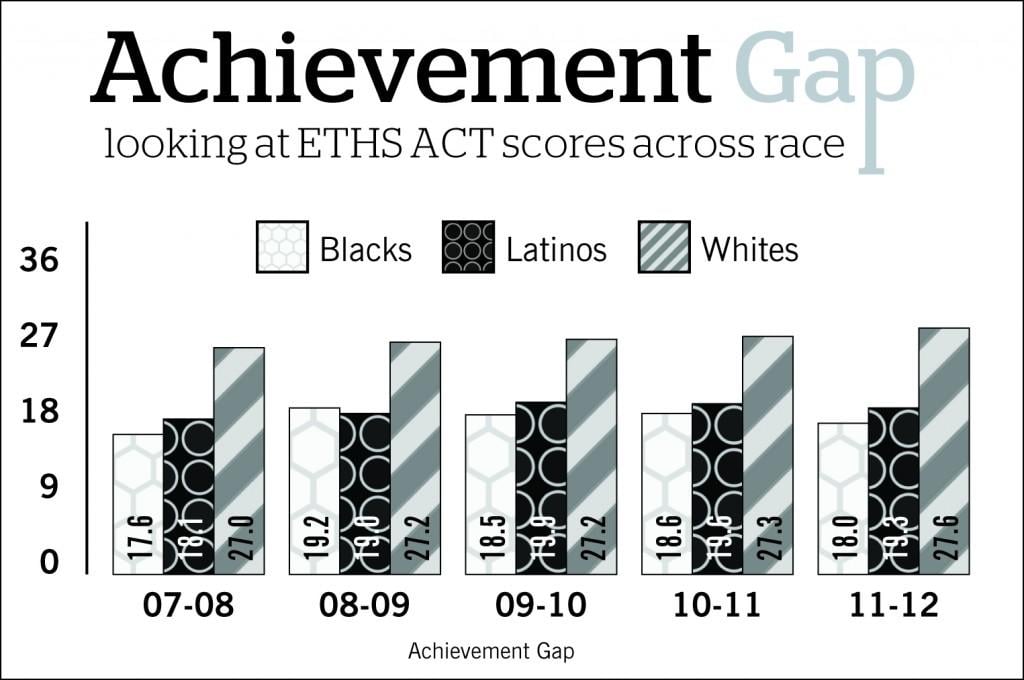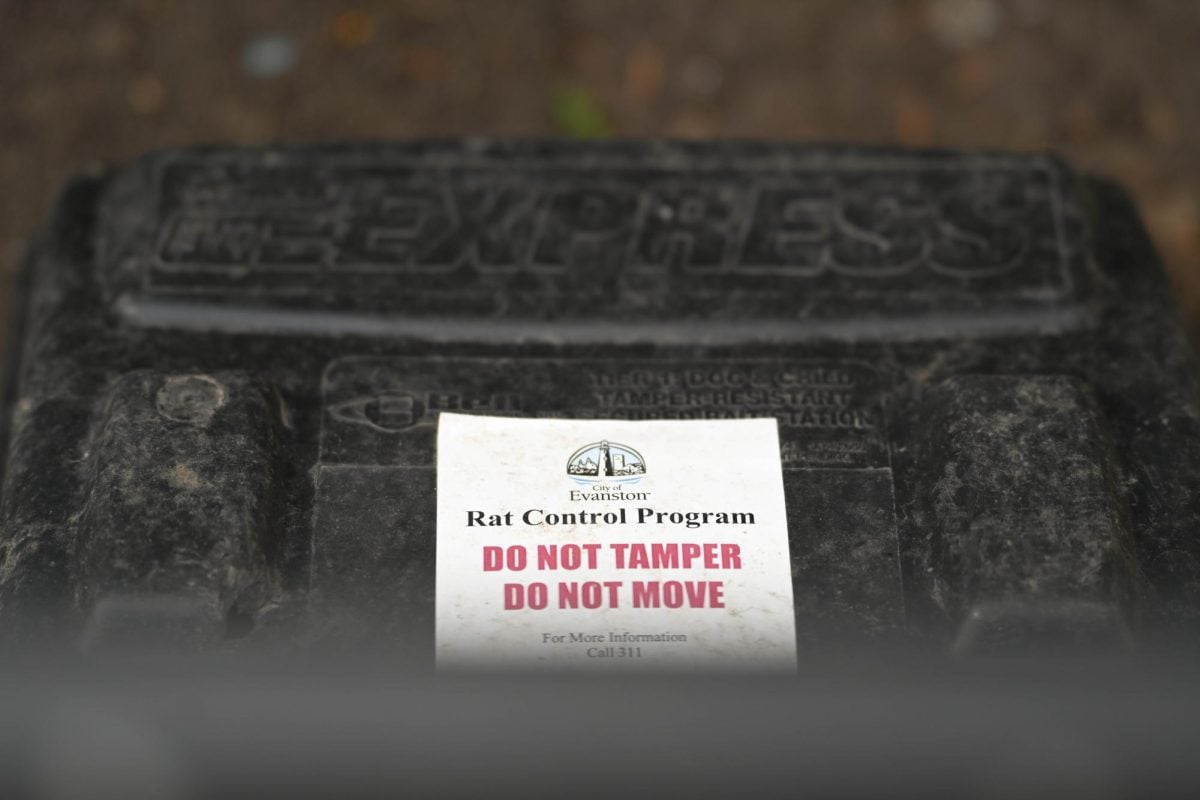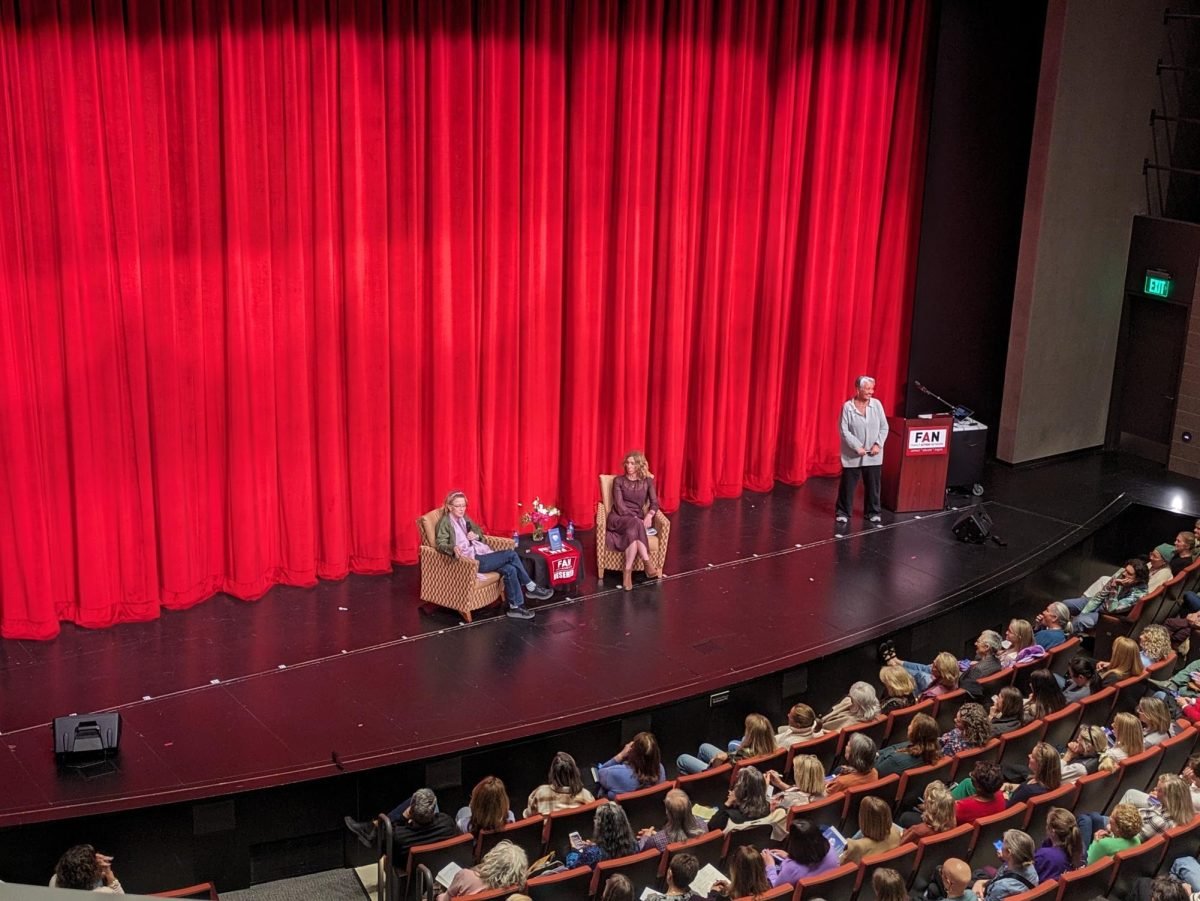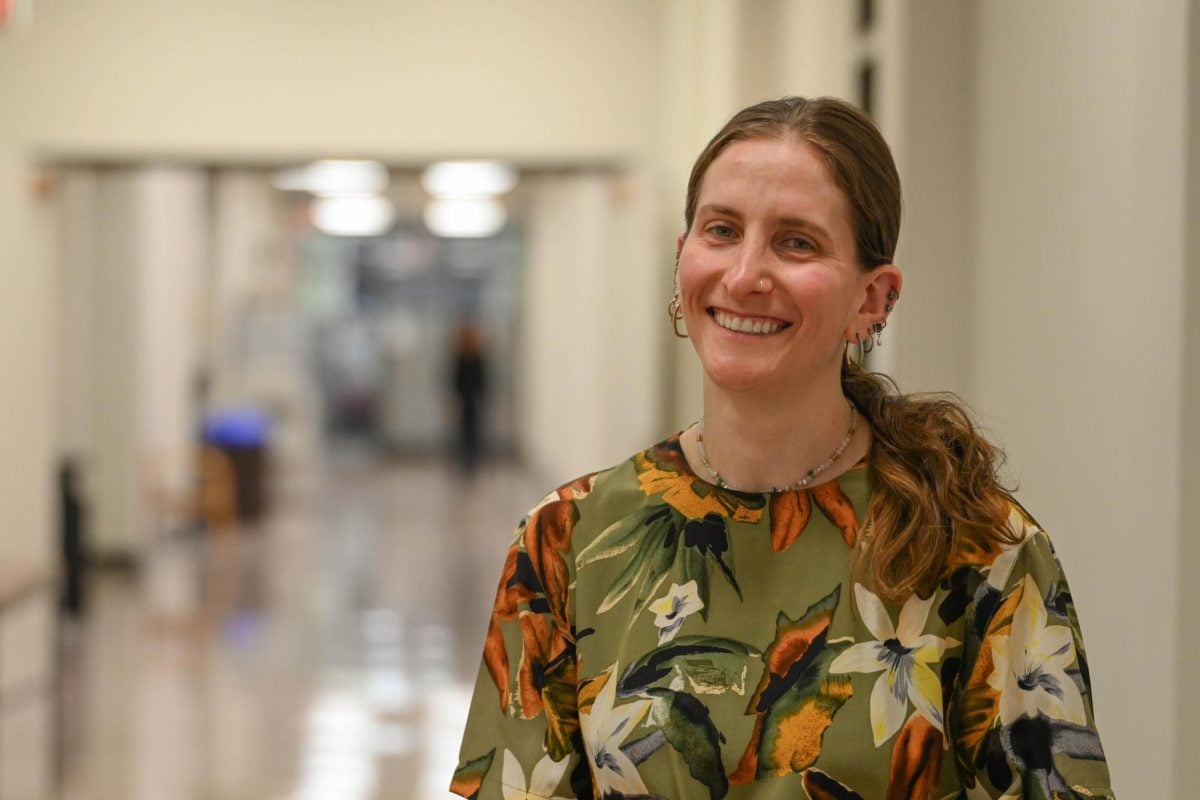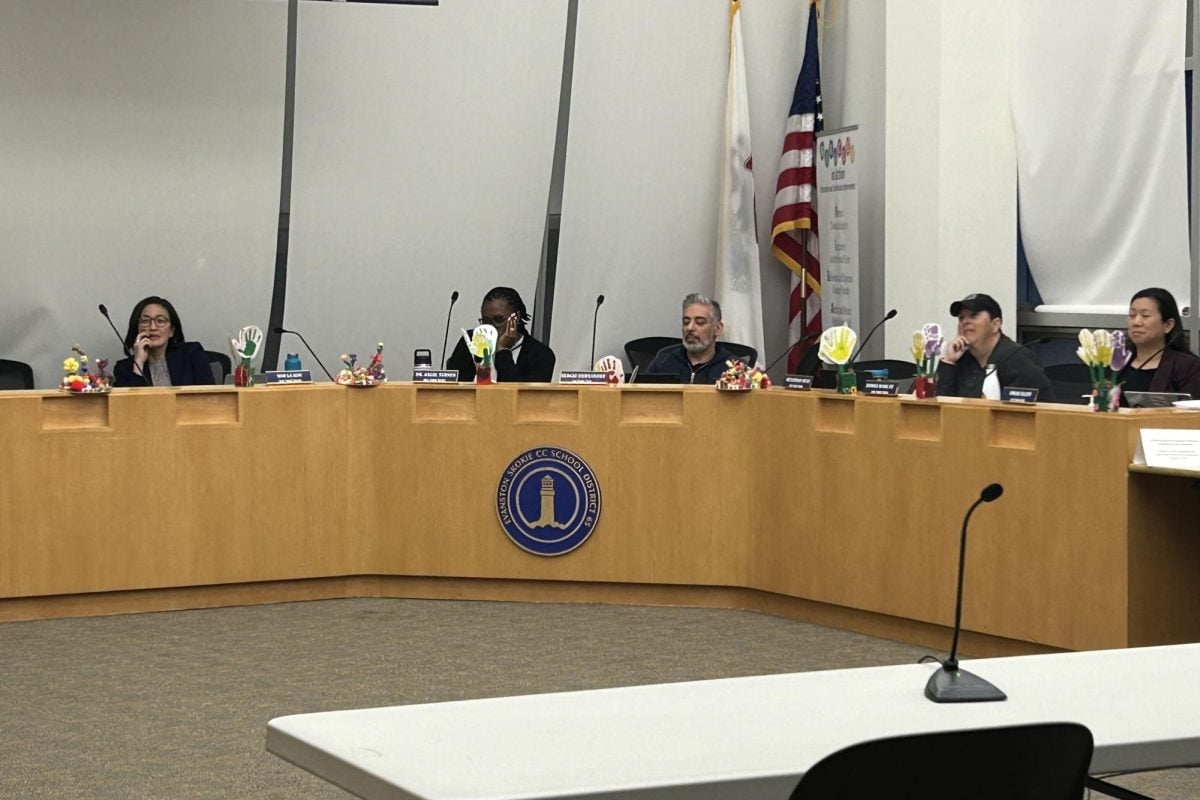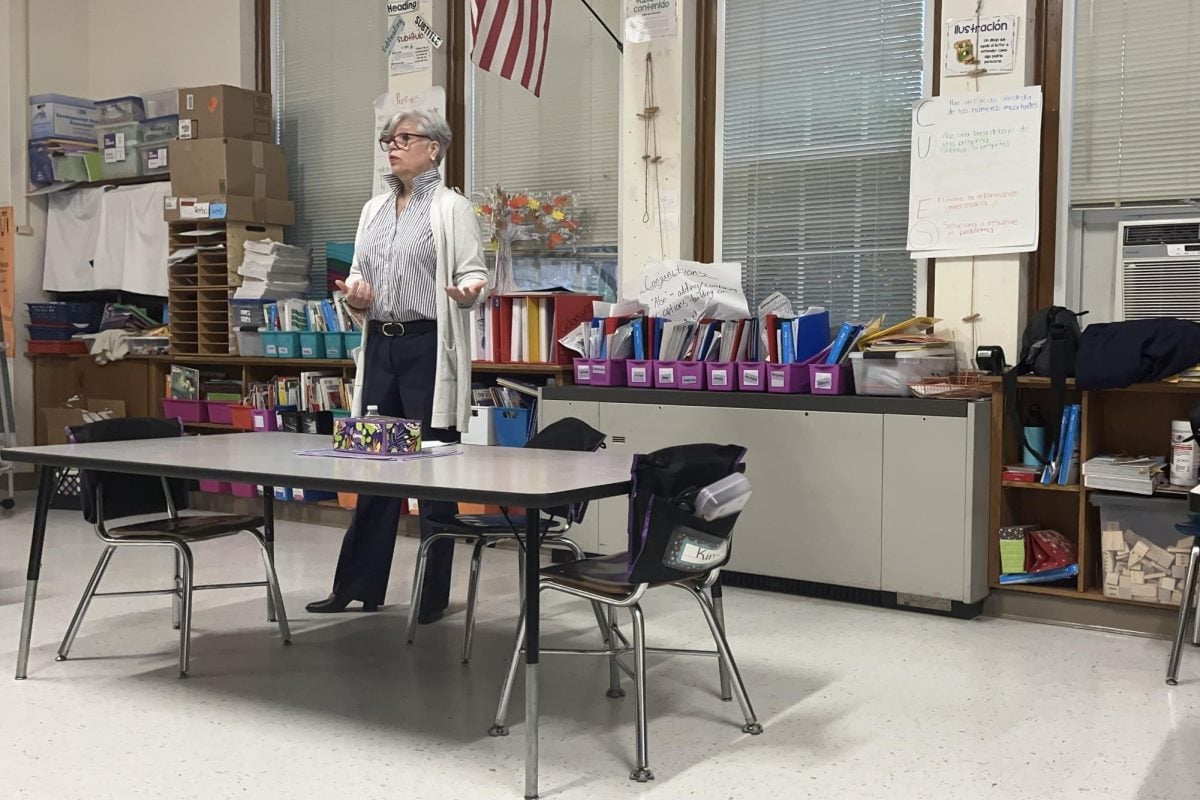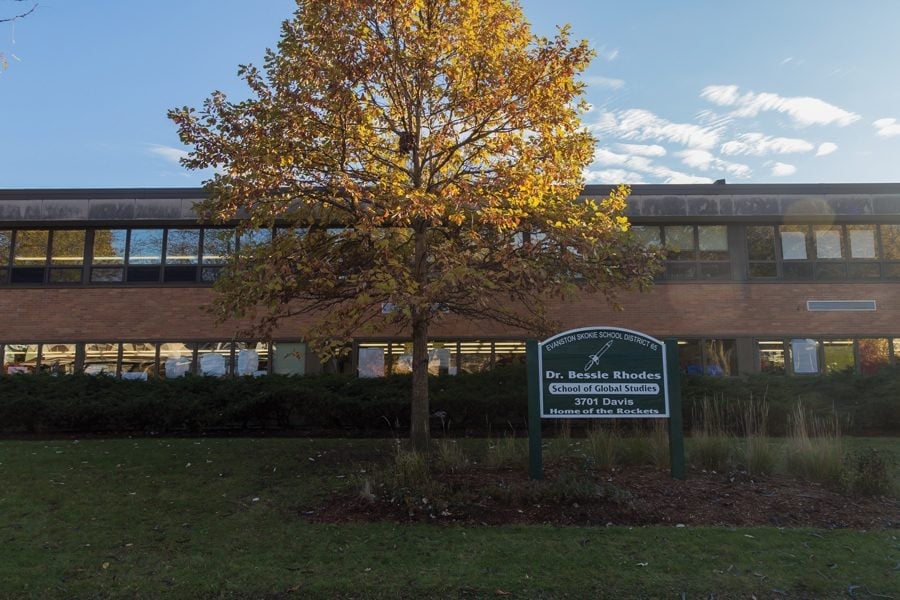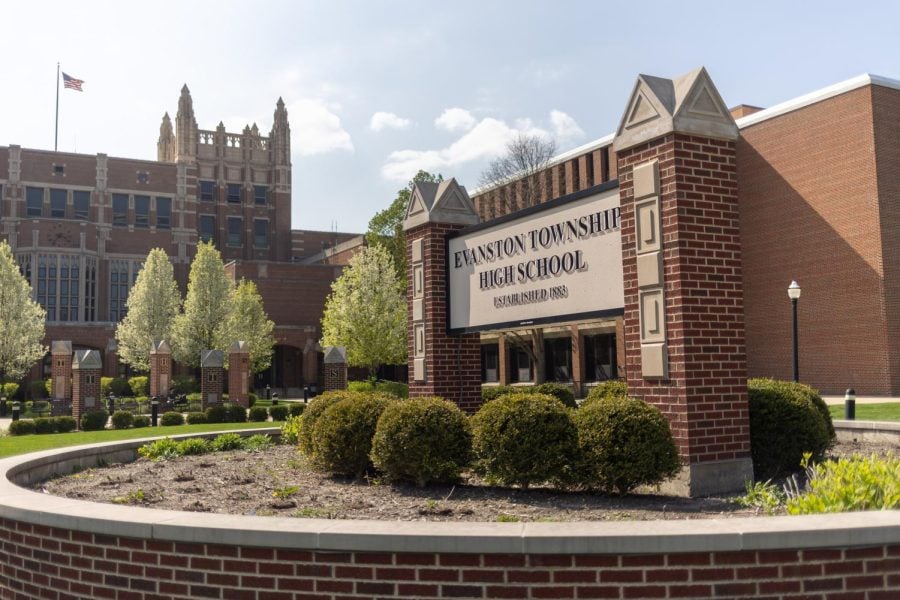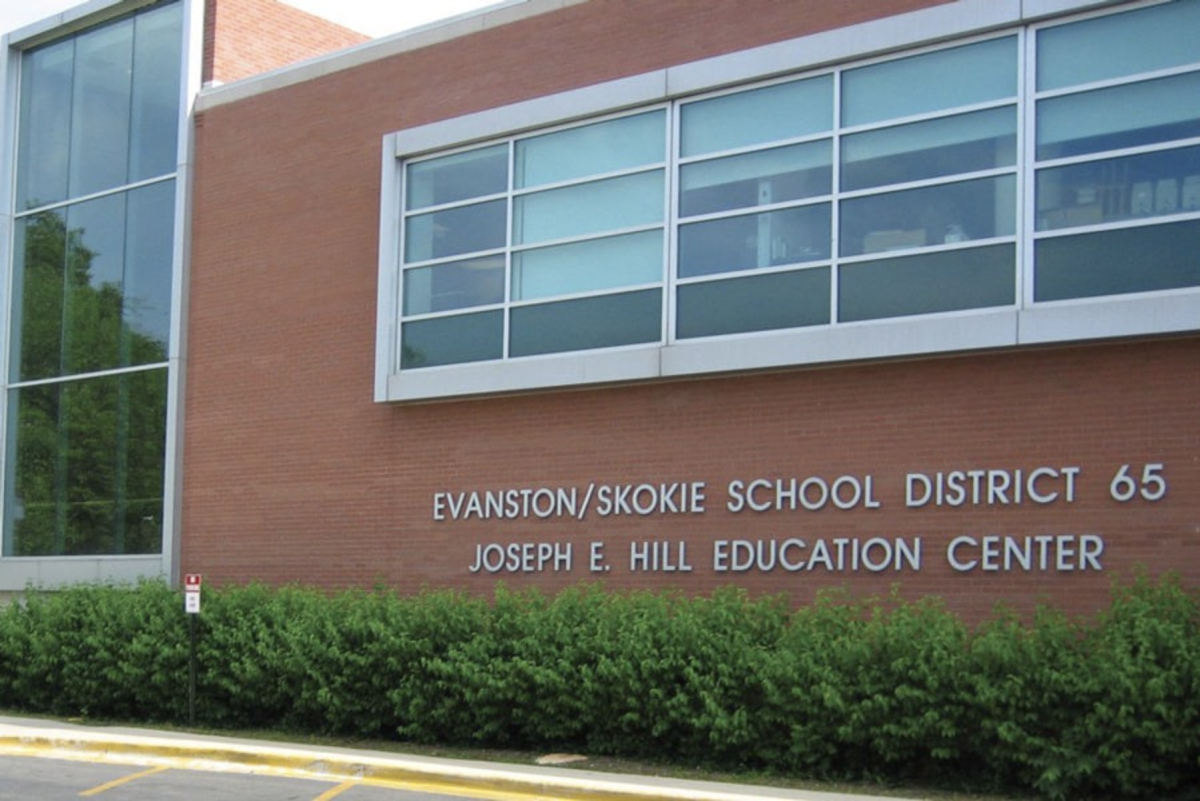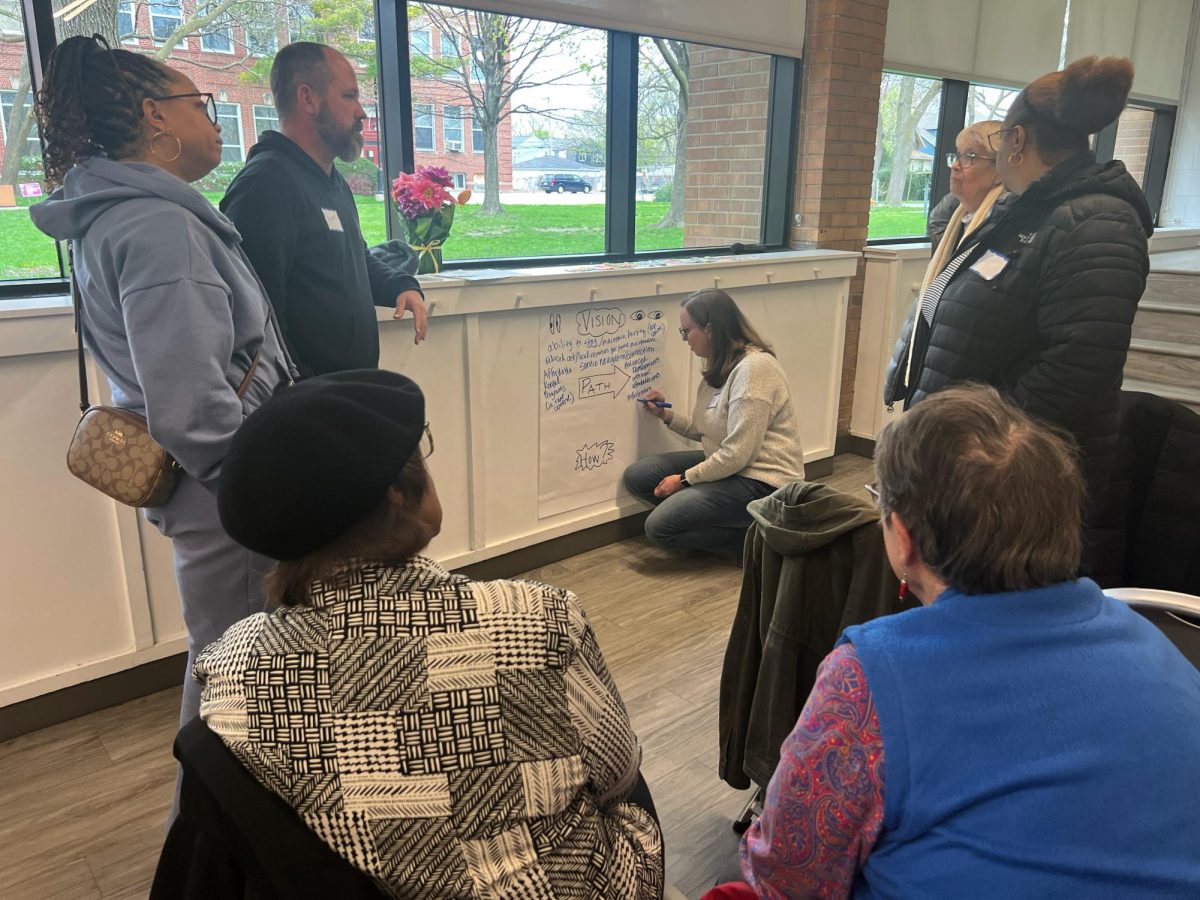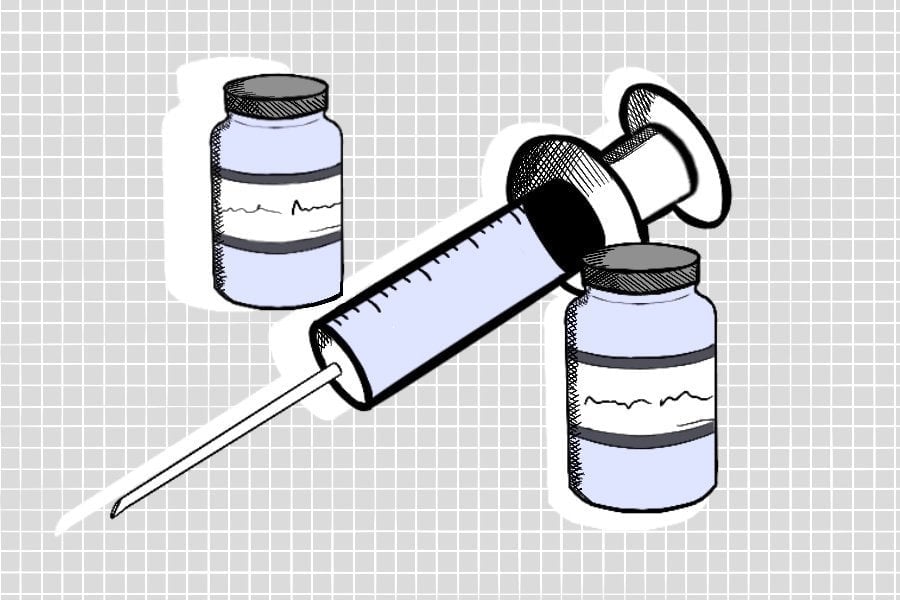Some Evanston Township High School seniors acted as mock admissions officers Thursday, just as juniors finished a mock ACT exam mere classrooms away.
The admissions dilemma dealt to the 19 students was this: Choose “Jacqueline,” an out-of-state student committed to a few extracurricular activities, or “Holden,” an outstanding athlete with a consistent track record.
The standardized tests and post-graduation information sessions such as this one were part of ETHS’ Assessment Day. The annual event comes after recently released figures reveal the school has only made small gains on the ACT exam between the 2002 and 2012 graduating classes.
In that time period, the school’s average ACT composite score jumped from 21.9 to 23, out of a possible 36. Scores peaked in 2009 and 2010, when graduating seniors averaged 23.5, according to an ETHS report.
Still, Judith Levinson, ETHS director of research, evaluation and assessment, pointed out Wednesday, on the eve of testing more than 1,400 students, that the average composite scores are some of the school’s highest in 40 years.
The racial achievement gap between blacks, Latinos and their white classmates, however, remains significant.
The nearly 10-point average difference between blacks and whites in ACT composite scores is the highest in at least five years. Translating the disparity nationally, more than 87 percent of recent high school graduates nationwide scored at or worse than the average 2012 ETHS white graduate who took the ACT, according to the ACT website.
By comparison, only 34 percent of recent graduates scored at or worse than the average black ETHS graduate in 2012. More than 41 percent scored at or below this past graduate class’ average Latino student.
All sub-groups from at least the last five graduating classes, disparities aside, scored higher than state averages.
At Thursday’s session, Quinton Clay, associate director of freshman admission at DePaul University, said that test scores raise questions about a student’s high school academic performance. One of the students at the session noticed that “Jacqueline” had high test scores but also a jumpy academic record.
“Test scores don’t wow me if you’re not consistent in the classroom,” Clay said.
Levinson highlighted the consistently increasing participation of students in the school’s Advanced Placement program as “very good news.”
Between 1973 and 2012, the proportion of students taking AP exams jumped more than five-fold from 5 to 25.8 percent, according to ETHS data.
The percentage of AP exams receiving at least a three out of five — deemed “qualified” for college credit or for placement in advanced courses — has only decreased slightly in the last five years of exam administrations, from 78 percent in 2008 to 70 percent in 2012.
“It’s a program that’s expanding,” Levinson said. “So our point is to increase the numbers of students taking those courses and doing well on those exams.”
While freshmen attended an assembly on respect and sophomores took a pre-ACT exam called ACT PLAN, seniors were invited to attend three sessions, discussing gap year considerations, how to pay for college and the college admissions process.
Data from an ETHS self-reporting survey of seniors show that the proportion of respondents attending two-year colleges is increasing, with a similarly-sized decrease in respondents attending four-year colleges.
In 2012, 69.5 percent of those responding to the graduation survey said they were planning to attend a four-year college, and 19.4 percent said they were planning to attend a two-year college. Only a small percentage of students are entering the military or pursuing gap years.
The college figures, however, tend to go down by at least 10 percent once National Student Clearinghouse data is publicized, said Beth Arey, the school’s college and career coordinator.
Arey also said it was “unfortunate” not too many seniors attended the optional college information sessions Thursday. Attendance varied from 18 to 29 students in each session, Arey said in a follow-up email.
Though parents may worry about standardized tests and want to reduce stress in their children, Levinson said Assessment Day gives students opportunities to learn how to take these tests in order to do better.
“Unfortunately, it’s a fact of life that they have to take tests,” she said.

